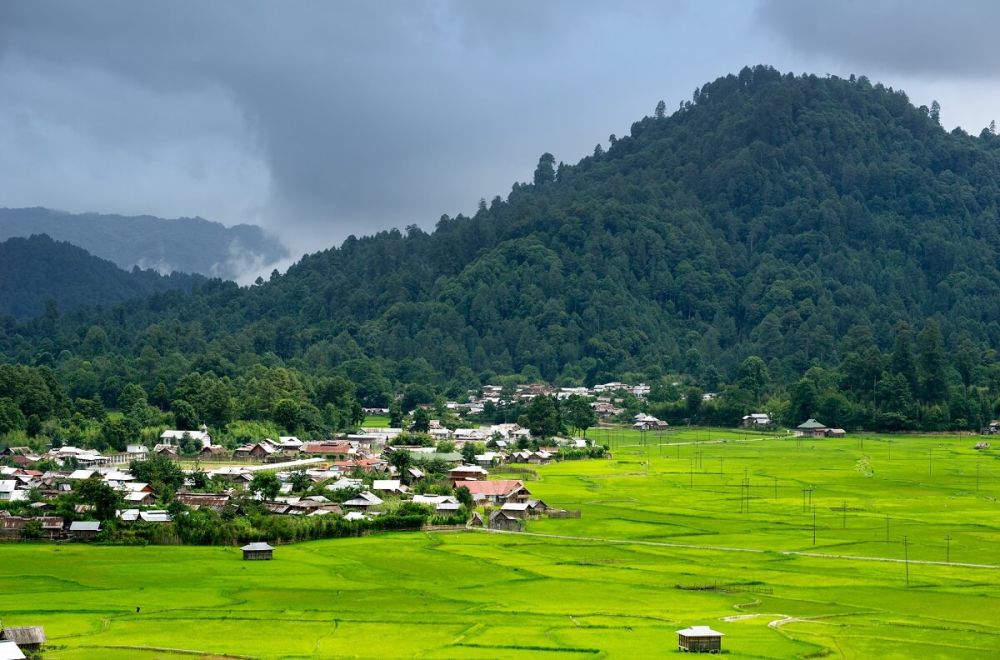

Nestled in the lower Dibang Valley of Arunachal Pradesh, Roing is a quaint town that beckons nature lovers, adventure enthusiasts, and history buffs. Despite its captivating beauty, Roing remained relatively unknown to the outside world for many years, largely due to the restrictive travel policies in the northeastern states of India. However, the history of tourism in Roing has been gradually unfolding, marked by a growing awareness of its potential as a tourist destination.
The story of Roing's ascent in the tourism industry is recent, with significant growth observed over the past couple of decades. Arunachal Pradesh opened its doors wider to tourists with the relaxation of the Protected Area Permit (PAP) system, which previously deterred many potential visitors due to the cumbersome process of obtaining permits. As restrictions eased and awareness grew, travelers began to hear tales of the region's pristine landscapes and rich cultural tapestry.
With the introduction of better roads, improved connectivity and the increasing use of the internet, tourists from various parts began to explore Roing's potential. Home to beautiful valleys, uncharted forests, tranquil rivers, and a plethora of cultural sites, Roing has something for everyone.
Among the notable attractions are the sacred Mehao Lake, the spellbinding Sally Lake, and the historical Bhismaknagar Fort, believed to be from the 12th century. The rich tribal heritage, notably of the Idu Mishmi tribe, adds another layer of intrigue for culturally-inclined tourists who come to participate in local festivals and to learn about traditional lifestyles.
In recent years, the Government of Arunachal Pradesh has initiated various steps to promote tourism in Roing. This includes the annual celebration of the Reh Festival and the investment in infrastructure that allows easier access to remote areas. Eco-tourism has also become a buzzword, with several eco-friendly resorts and homestays cropping up, catering to tourists seeking a sustainable travel experience.
Another catalyst in the growth of Roing's tourism has been digital media. Travel bloggers, photographers, and influencers have played a significant role in showcasing the untouched beauty of the region to a global audience, drawing in a new wave of tourists eager to experience off-the-beaten-path destinations. Online resources and travel guides have also made it simpler for travelers to plan their journey to this once remote land.
Today, Roing is emerging as a new gem in the realm of Indian tourism. Its captivating beauty coupled with its relatively untapped status makes it an appealing destination for those looking to explore the road less traveled. While its tourism history may not be as long as other Indian destinations, Roing's future in the tourism landscape looks shining bright.